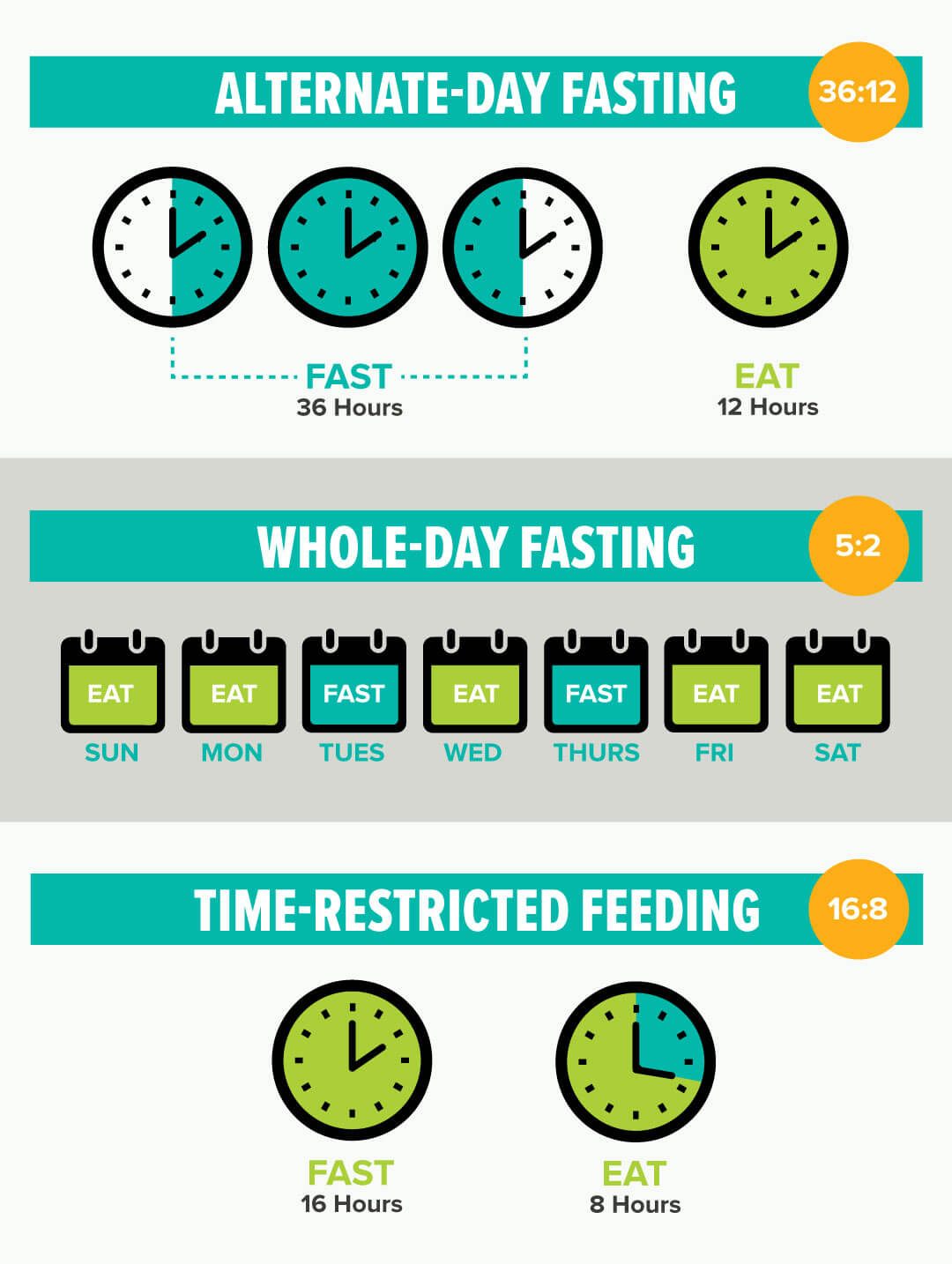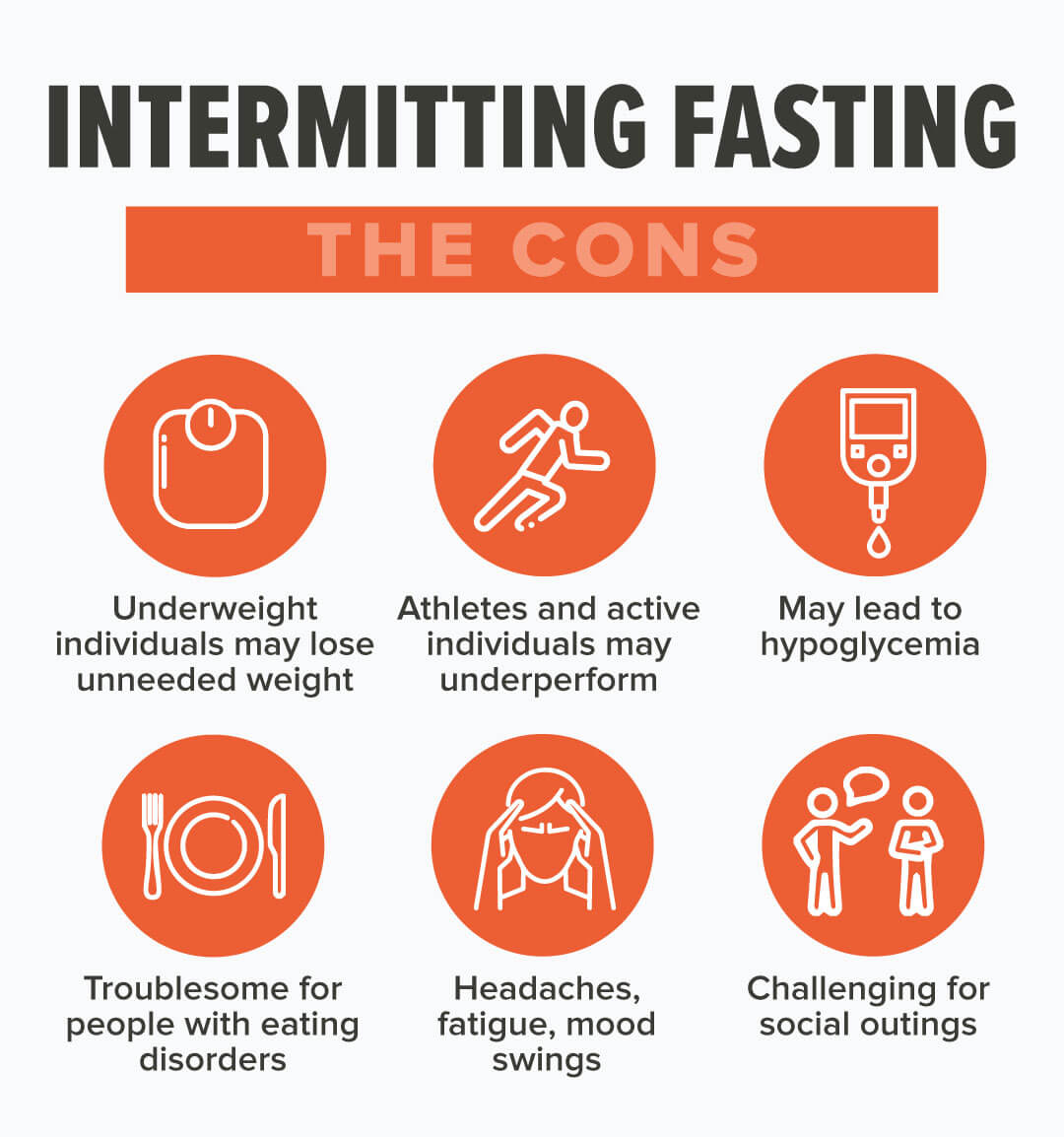Breakfast has been touted as the most important meal of the day. However, in recent years, intermittent fasting has become a mainstream option for individuals trying to lose weight or improve their overall health.
Intermittent fasting often means skipping the typical time for breakfast, pushing the “break fast” meal until noon or later.
So, what’s the deal? Is it better to eat breakfast in the morning or skip it? Beyond the challenge of choosing what to eat, the decision of when to eat adds another level of complexity.
Choosing a more nutritious lifestyle should feel accessible, rather than complicated … and it can! The truth is, the best diet plan and meal timing plan is the one that works for you. There are several individual factors to consider when choosing the food that will work best with your body, and the same goes for choosing meal timing. The more information you have on intermittent fasting, the better you’ll be able to decide if it’s something that would benefit your lifestyle. Let’s dive into the details.
First, what really is intermittent fasting?
That’s a complicated question, because there are several ways to approach it. The most common method is a 16/8 plan; fasting 16 out of every 24 hours, and eating during the other 8 hours. For most people working first shift or similar hours, this typically means a noon-8pm eating window.
Others choose to fast all day, save for one large meal. Some do alternate day fasting, which is a full 24 hours of fasting every other day. Others yet will incorporate a 24-hour fast one or two times a week.

There are unlimited possibilities, which makes researching this method a challenging undertaking. Nutrition is also difficult to control, and study subjects can’t be blinded, adding another level of difficulty to conducting good research.
What are the pros?
Despite limitations in high-quality evidence, science has been able to show that intermittent fasting promotes autophagy, the body’s way of recycling. Damaged or dysfunctional cell parts are cleaned out, allowing for healthier parts to take their place. In animal models, autophagy via intermittent fasting has been shown to prevent infections and diseases like certain types of dementia and cancers.

In humans, intermittent fasting can decrease risk factors for cardiovascular disease, which is the leading cause of death in Americans. More research is needed to determine if human intermittent fasting has the same benefits on dementia and cancers as is seen in animal models.
In regards to weight loss, a shorter “feeding window” (i.e. eating only during a limited time frame during the day) leads to less total daily caloric intake for many people, and has been demonstrated as an effective weight loss method.
If your feeding window is noon – 8pm, it cuts out breakfast calories and late-night snacking calories, the latter of which is a common pitfall for dieters. Of course, you could eat enough during that window to maintain or even gain weight, but if you focus on hunger cues and don’t over-indulge during your window, it often leads to less total food intake compared to baseline habits. In cohort studies, the average weight loss in overweight and obese individuals engaging in intermittent fasting is between 4-10% of their body weight (or 8-20 lbs in a 200 lb subject) after 1-6 months of eating this way.
What are the cons?
There are some individuals who may not benefit from intermittent fasting. Underweight individuals could risk losing more weight if calorie intake is not adequate during feeding windows.
Athletes or active individuals aiming to gain muscle weight may struggle reaching their goals, because ideal timing for muscle protein synthesis is a meal or snack containing protein every 4-6 hours.

While intermittent fasting has shown benefits in reducing insulin resistance, diabetics using this method need to be extra cautious about preventing low blood sugar (hypoglycemia) by regularly checking glucose levels during fasting periods and monitoring for symptoms of low sugar.
Individuals with a history of eating disorders or a predisposition to disordered eating habits should also cautiously approach intermittent fasting, as the fasting time can feel like a restriction, and the subsequent feeding window can feel like a cue to binge.
In anyone, the longer-than-usual fasting time can lead to headaches, fatigue, mood swings, and trouble concentrating due to hunger, cravings, and a drop in blood sugar.
From a lifestyle standpoint, intermittent fasting can make social outings challenging if dinner with friends or a birthday party doesn’t fit into your feeding window.
So, to fast or not to fast?
In the end, if you’re considering intermittent fasting, the best approach is to weigh the pros and cons for your individual lifestyle.
Consult with a physician if you fall into one of the categories above to ensure a safe plan for your meal timing. Keep in mind many diets and lifestyle changes are trial-and-error. If you try it for a few weeks and love how you feel, keep it up! If it doesn’t benefit you mentally or physically, try a different approach.
There is no one single method that will work well for everyone, but there is at least one method that will work well for each individual, and the more you learn about the way your body responds to different foods and meal timing, the more equipped you’ll be to find success on your journey towards wellness.
Dr. Aloiya Earl is a Sports Medicine Physician. She received her Bachelors of Science in Exercise Science from the University of South Carolina, her M.D. from The University of Toledo College of Medicine, and she completed her residency training at The Ohio State University. After residency, she completed a fellowship in sports medicine at the University of Alabama. She is a member of the American Medical Society for Sports Medicine.






